When it comes to enhancing your vehicle’s performance, understanding the role of a throttle body is crucial. This component is key to managing your engine’s air intake, a vital aspect for optimal operation. Our comprehensive guide will explore its functions, selection process, lifespan, replacement tips, and cost considerations, providing you with the knowledge to make informed decisions.
Table of Contents:
– What is a throttle body
– What does a throttle body do
– How to choose a throttle body
– How long do throttle bodies last
– How to replace a throttle body
– How much are throttle bodies
What is a throttle body
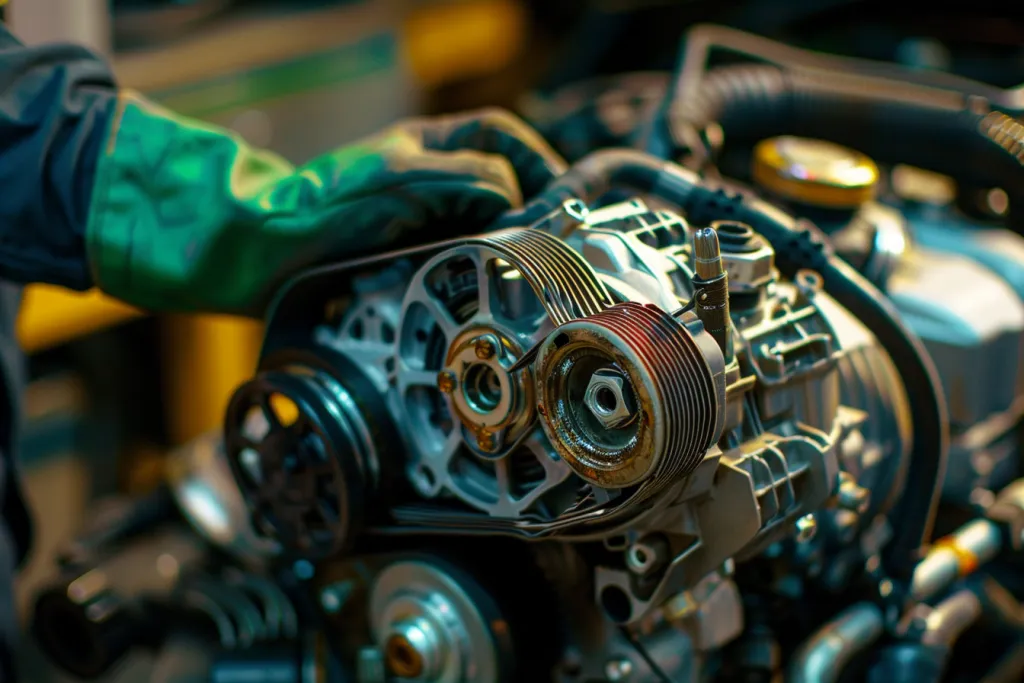
A throttle body is a critical component of the air intake system in an internal combustion engine. It’s essentially a butterfly valve located between the air filter and the intake manifold, controlling the amount of air flowing into the engine. Its operation is pivotal for the engine’s performance, as it directly influences the air-to-fuel ratio necessary for combustion. The throttle body can be found in both fuel-injected and carbureted engines, though its design and operation may vary significantly between these systems.
The construction of a throttle body includes a housing that contains a throttle plate, which rotates on a shaft. When the accelerator pedal is pressed, the throttle plate opens, allowing more air to enter the engine. Conversely, when the pedal is released, the plate closes, reducing air intake. Modern vehicles often incorporate electronic throttle control (ETC), which uses sensors and electronic signals to control the throttle body, enhancing precision and responsiveness.
Understanding the intricacies of a throttle body’s design and operation is essential for diagnosing performance issues and making upgrades. Its role in managing air intake makes it a focal point for modifications aimed at increasing engine efficiency and power output.
What does a throttle body do
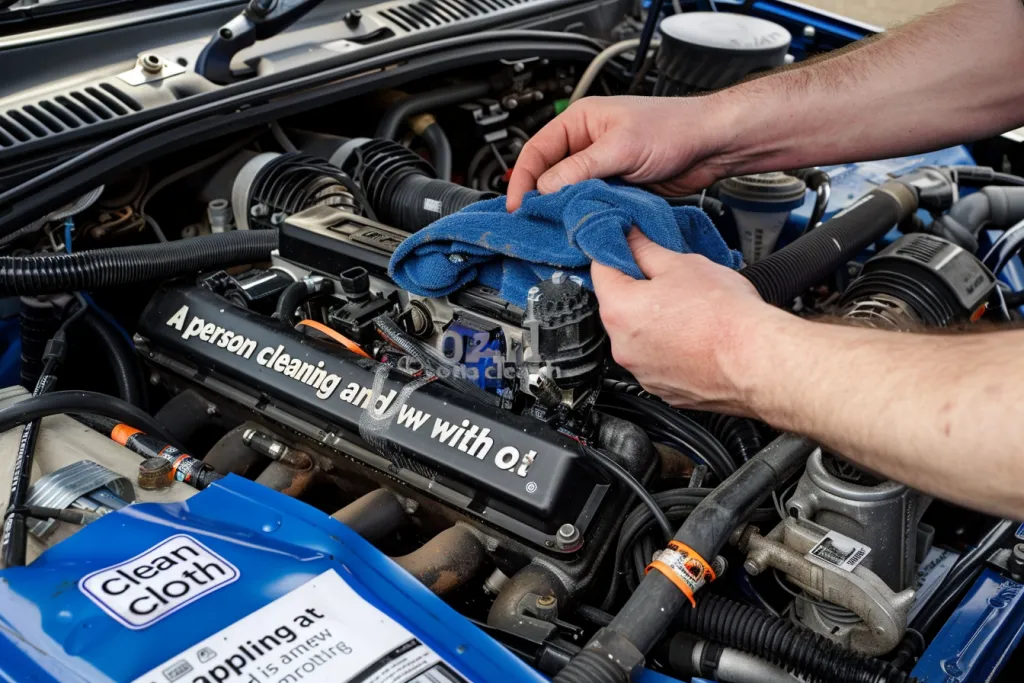
The throttle body plays a pivotal role in regulating the engine’s breathing process. By controlling the volume of air entering the combustion chamber, it directly influences the engine’s power and efficiency. The throttle body’s operation is integral to the vehicle’s acceleration response, as it adjusts the air intake in real time based on the driver’s input through the accelerator pedal.
In addition to regulating air flow, the throttle body works in conjunction with the vehicle’s fuel injection system to maintain the optimal air-to-fuel ratio. This balance is crucial for efficient combustion, affecting everything from fuel economy to emissions. In electronic throttle control systems, the throttle body receives signals from the engine control unit (ECU), ensuring precise control over the engine’s air intake.
Moreover, the throttle body is involved in various engine management functions, such as idle speed control and integration with the vehicle’s cruise control system. Its ability to modulate air flow makes it a key player in maintaining stable engine operation under a wide range of conditions.
How to choose a throttle body

Selecting the right throttle body for your vehicle involves considering several factors, including compatibility, size, and performance goals. Firstly, ensure that the throttle body is compatible with your vehicle’s make, model, and engine type. This is crucial for a seamless fit and optimal performance. Secondly, the size of the throttle body should match your engine’s air intake requirements. A larger throttle body can increase air flow, potentially boosting power, but it must be balanced with the rest of the intake system to avoid compromising performance.
Performance goals are another important consideration. If you’re looking to enhance your vehicle’s power output, a high-performance throttle body designed for increased air flow might be the right choice. However, for everyday driving, a standard replacement that matches OEM specifications may be more appropriate. Additionally, consider the material and construction quality of the throttle body, as these factors can influence durability and performance.
How long do throttle bodies last
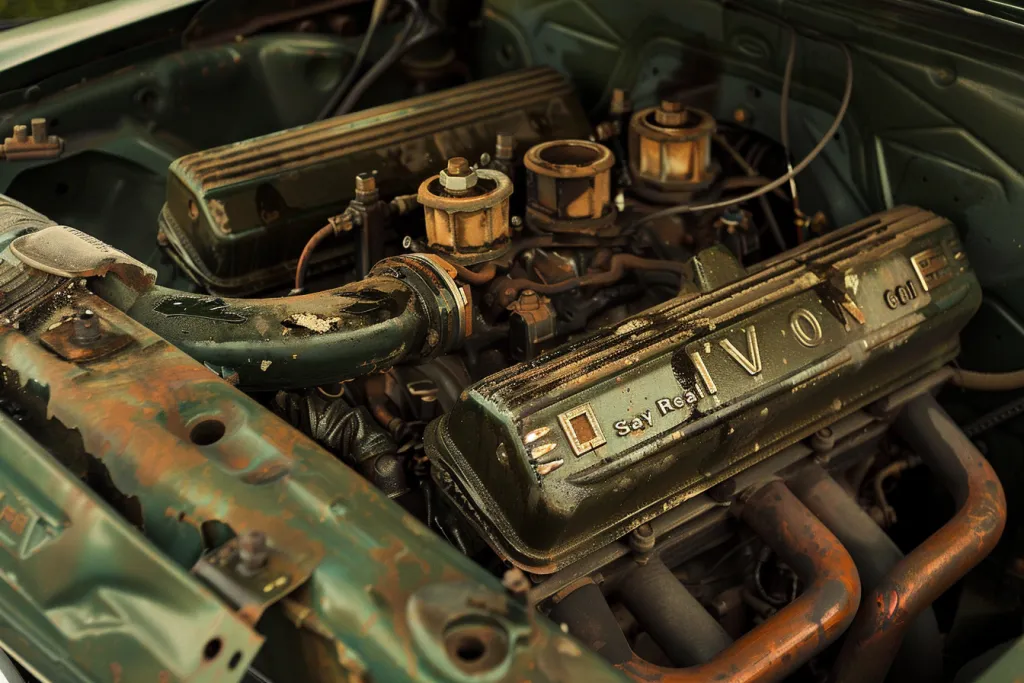
Throttle bodies are designed to be durable, often lasting the lifetime of the vehicle. However, their lifespan can be affected by various factors, including driving conditions, maintenance practices, and the quality of the component itself. Issues such as buildup of dirt and carbon deposits, wear of the throttle plate or shaft, and sensor failures can necessitate replacement.
Regular maintenance, including cleaning the throttle body and inspecting it for signs of wear or damage, can extend its lifespan. Symptoms of a failing throttle body include erratic idle, reduced engine power, and poor fuel economy, indicating that inspection or replacement may be necessary.
How to replace a throttle body
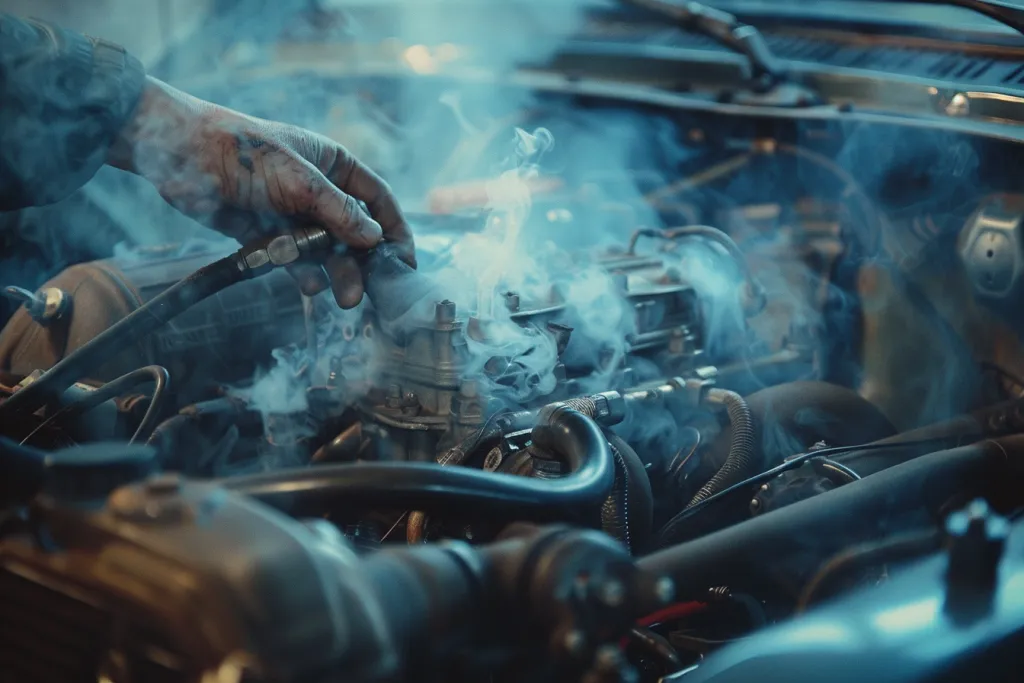
Replacing a throttle body is a task that can be accomplished by those with moderate mechanical skills, but it requires attention to detail. The process involves disconnecting the battery, removing the air intake duct, and disconnecting various sensors and hoses connected to the throttle body. Once the mounting bolts are removed, the old throttle body can be taken off and the new one installed in its place.
It’s important to ensure that the new throttle body is properly aligned and that all connections are secure. After installation, the vehicle’s computer may need to be reset to recognize the new throttle body and recalibrate the air-to-fuel ratio. Consulting the vehicle’s repair manual or a professional mechanic can provide guidance specific to your vehicle’s make and model.
How much are throttle bodies
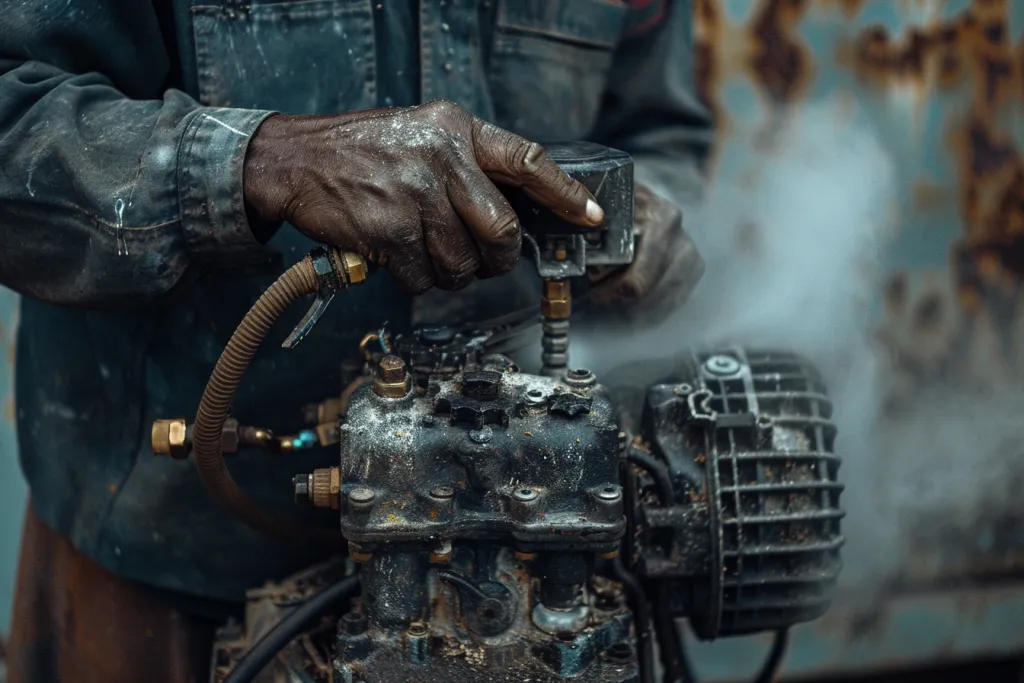
The cost of a throttle body varies depending on the vehicle make and model, as well as the type and quality of the component. Standard replacement throttle bodies can range from $100 to $400, while high-performance models designed for increased air flow and power may cost significantly more. Additionally, the cost of labor for professional installation should be considered, which can vary based on the complexity of the replacement process.
Conclusion
Understanding the throttle body’s role in your vehicle’s performance is key to maintaining optimal engine operation. Whether you’re choosing a replacement, assessing its lifespan, or undertaking the replacement process, knowledge of this critical component can ensure that your vehicle continues to operate efficiently. With the right selection and maintenance, the throttle body can significantly contribute to your vehicle’s power and efficiency, making it a vital aspect of your engine’s air intake system.



